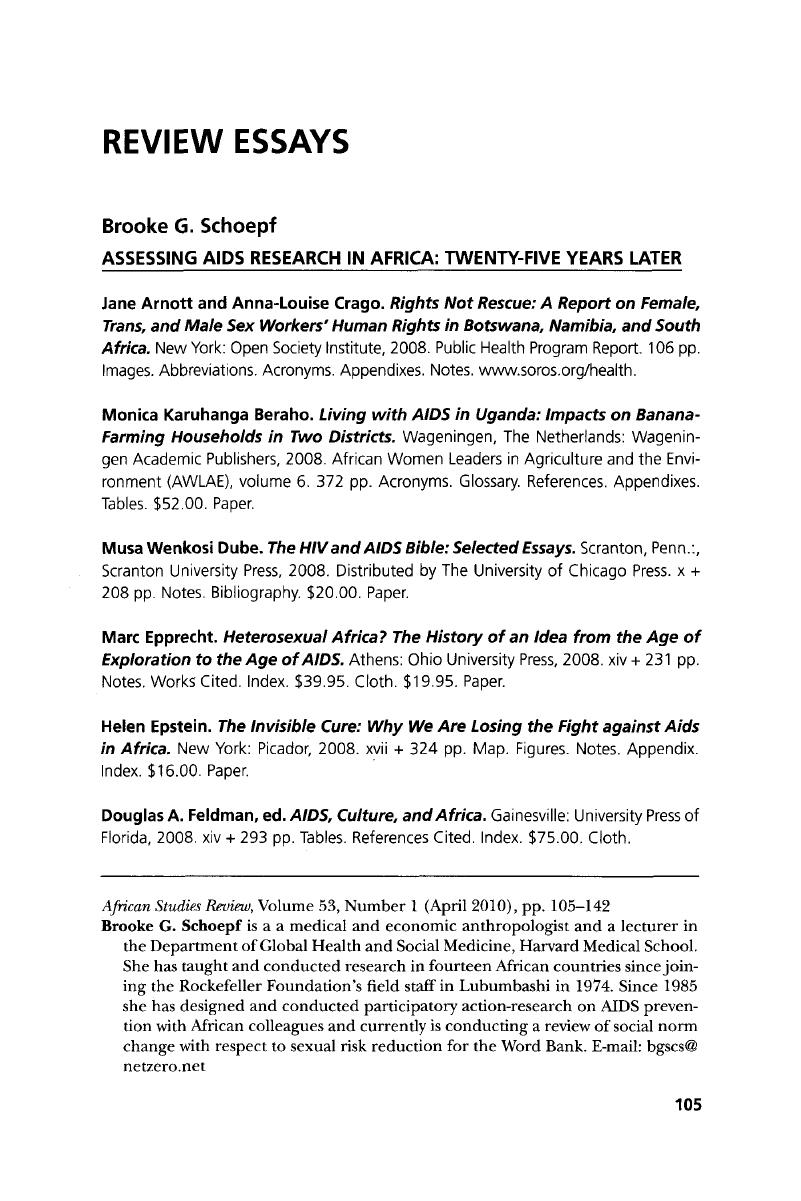Crossref Citations
This article has been cited by the following publications. This list is generated based on data provided by Crossref.
Hindmarch, Suzanne
2019.
The Palgrave Encyclopedia of Global Security Studies.
p.
1.
Clarke, Rhaine
and
Graboyes, Melissa
2019.
Kim Yi Dionne. Doomed Interventions: The Failure of Global Responses to AIDS in Africa. United Kingdom: Cambridge University Press, 2018. 196 pp. $29.99. Paper. ISBN: 9781107195592..
African Studies Review,
Vol. 62,
Issue. 2,
p.
E7.
Howard, Steve
2020.
Susanne Jaspars. Food Aid in Sudan: a history of power, politics and profit. London: Zed Books, 2018. xiv + 249 pp. Maps. Charts. Bibliography. Index. $84.00. Cloth. ISBN: 978-I-78699-209-3..
African Studies Review,
Vol. 63,
Issue. 3,
p.
E21.
Perrino, Sabina M.
2022.
Chronotopes of war and dread in pandemic times.
Language, Culture and Society,
Vol. 4,
Issue. 2,
p.
242.
Hindmarch, Suzanne
2023.
The Palgrave Encyclopedia of Global Security Studies.
p.
716.





